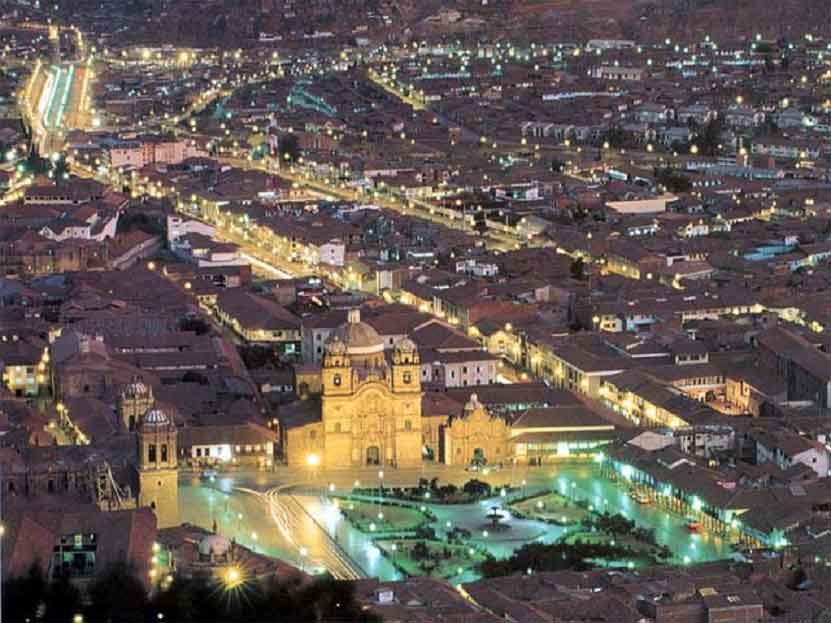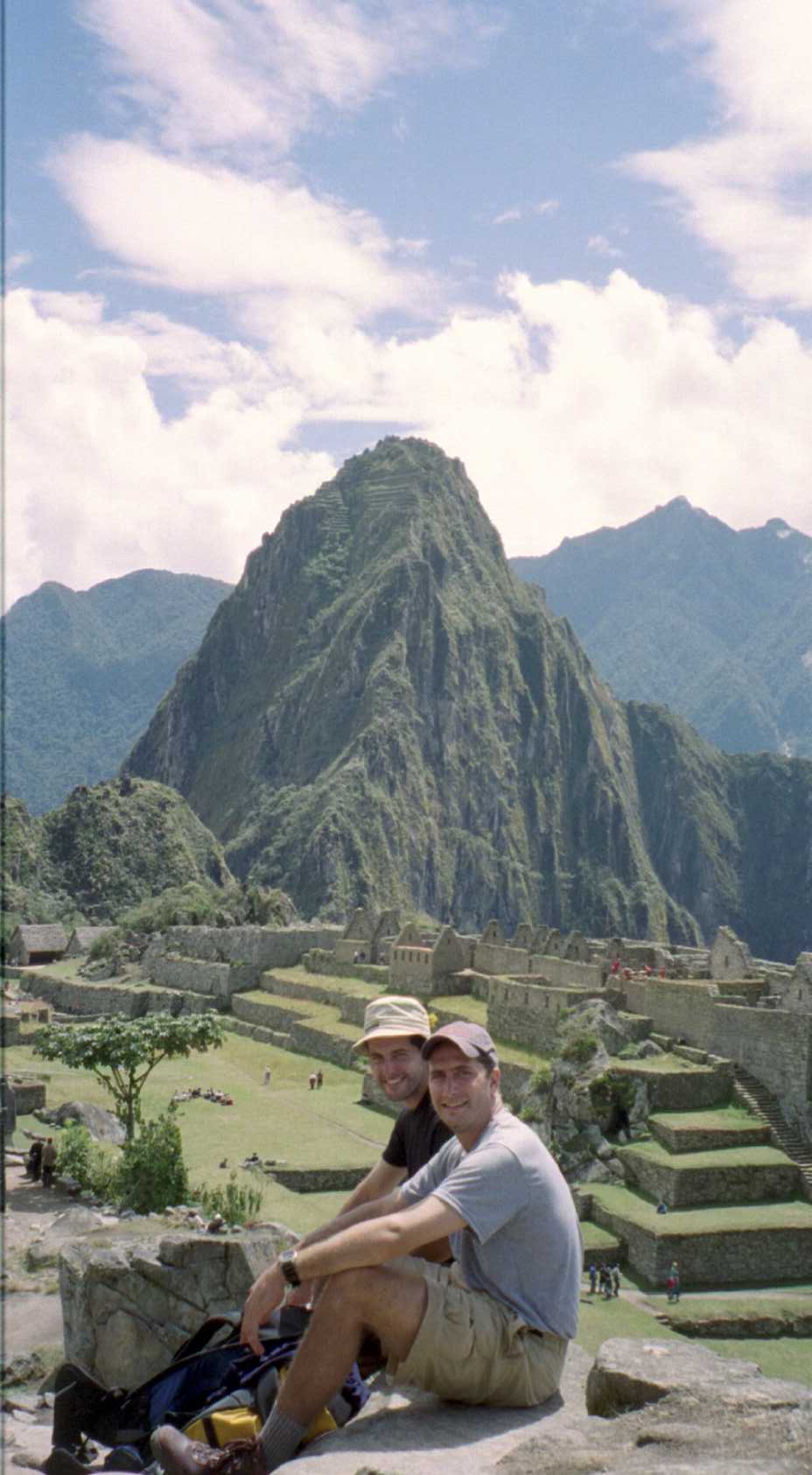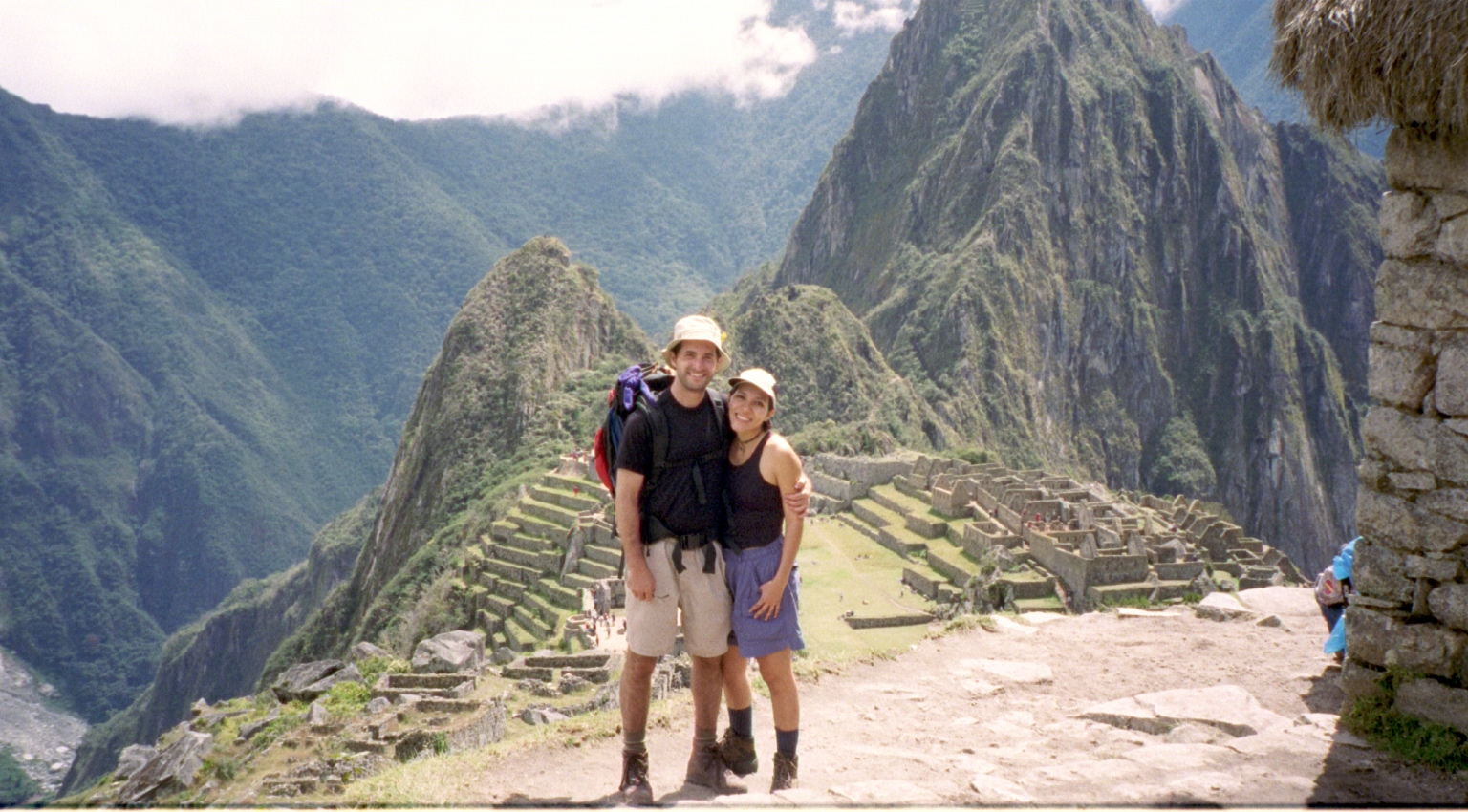Few leisure destinations in the world compare to Cuzco in stature and character. Spanning over 4 millennia of human development, Cuzco is a World Heritage site and has been witness to the rise of the Inca Empire and its demise with the Spanish Colonization of the Americas in the 1500s. Its colonial art school is recognized as one of the most prolific in the Americas, and its overall character is unmatched in the region. Cuzco also serves as a gateway to the mystical citadel of Machu Picchu, an iconic site of interest in South America, as well as to numerous other tourism landmarks.
Peru's fourth largest city, Cuzco has a population of approximately 300,000 and is located at 11,000 feet above sea level. Its economy is heavily dependent on tourism activity. In addition, agriculture and commerce also represent important sources of income, though neither compares in size to the tourism sector.
Cuzco is served by the Ramon Velasco Astete International Airport. Air service is primarily provided via Lima, and the airport is equipped to handle relatively large aircraft, including boeing 727, 737 and 757 equipment. This airport, however, only operates from 6:00AM to 4:00PM because chaging wind patterns, altitude considerations and surrounding topography make it difficult to operate flights in the late afternon and/or evening period.
When the Spanish conquered the Inca Empire in the 16th century, they tried to destroy the entire Inca culture. They built their homes and churches on top of the Inca buildings. When challenged by the forces of nature, the Inca structures survived and the Spanish did not.
By Karl BIeberach...our good friend |




